Abandoned Serbia: Nazi WWII Shelter | Urbex
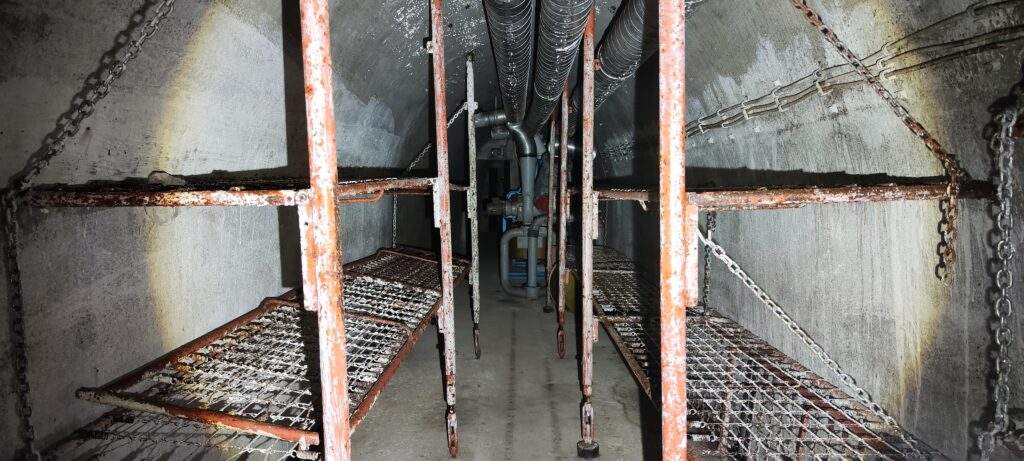
We walked through a construction site with purpose, acting as though we were meant to be there. We passed a cement lorry, and quickly ducked through a steel door, into the darkness.
This was a bunker of two halves- the first half, closest to the surface, had been reconstructed in the 1970s to act as a civilian bunker. The deeper part was still in its original World War II form, untouched and still holding tales from the past.
Modern Civilian Shelter
In the middle of the cold war, and with a leader seemingly obsessed with bunker-building, there’s little surprise that this shelter was modernised in the 1970s. At this time, Serbia was still part of Yugoslavia, but splinters in the regime had begun to show. The Serbs were the largest and most powerful ethnic group in the country, which meant that Serbia supported a centralised federation, support Serbs interest in the communist state. However, Croatia and Slovenia wished for greater autonomy and had a more liberal, nationalist desire for the state of Yugoslavia. Though precise history about this bunker is nonexistent, these political tensions alongside the global state of affairs would have played a role in the decision to update the old WWII bunker to provide protection to civilians.




The long tunnels of this this modern part of the bunker stretched out before us. Ducting and lighting clung from the concrete ceiling and bunk beds lined the walls. Air purification and ventilation systems were installed during the modification of the bunker, alongside heavy blast doors. These remain within this part of the shelter to this day, alongside associated switches and controls.
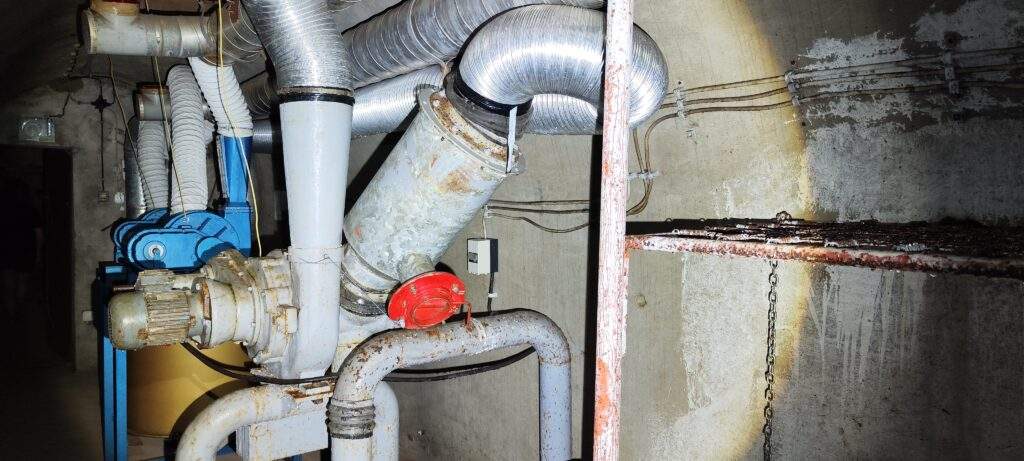

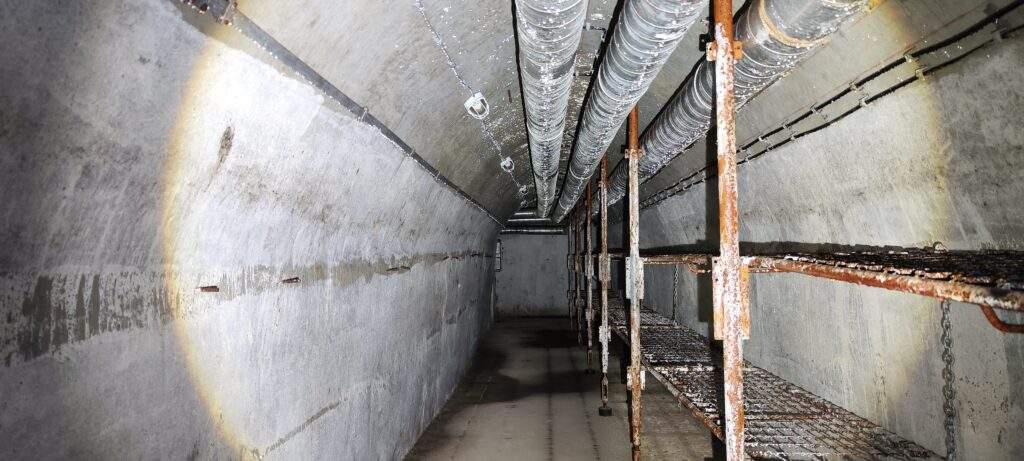
World War II Bunker
Deeper inside the bunker, we climbed through a hole in a wall and stepped back in time. This original section of the bunker had been left untouched since WWII- the entire bunker would have originally been like this before the partial modernisation.
From 1941 to 1944, the Axis Powers occupied several provinces of the Yugoslavia, including Serbia. The Wehrmacht occupied most of the area, which was organized as a separate territory under the German Military Administration in Serbia.




In 1944 the Allies dropped bombs on Belgrade, killing hundreds of German soldiers and up to 5000 civilians. Whilst inside the bunker, the thought of soldiers sheltering in the darkness from the planes above was easy to conjure.
The shelter was built by the Germans in a strategic location near to the airport, which during World War II would have been an airfield- a target for enemy bombers and a location where many soldiers would have been stationed.
This part of the bunker was riddled with history. Impressive brickwork lined the walls, much more ornate than the bare concrete of the modernised section. Arches supported the weight of the wold above us, giving the tunnels the atmosphere of a cathedral, despite the reality of it being a cramped and dank space. Deeper into this vast bunker, some parts of the walls had collapsed, exposing the bare stone that had been dug out behind them.
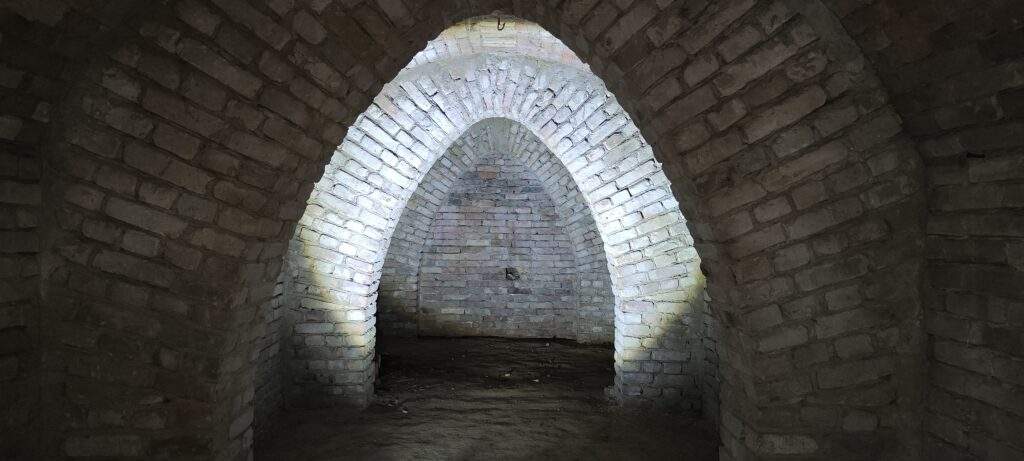
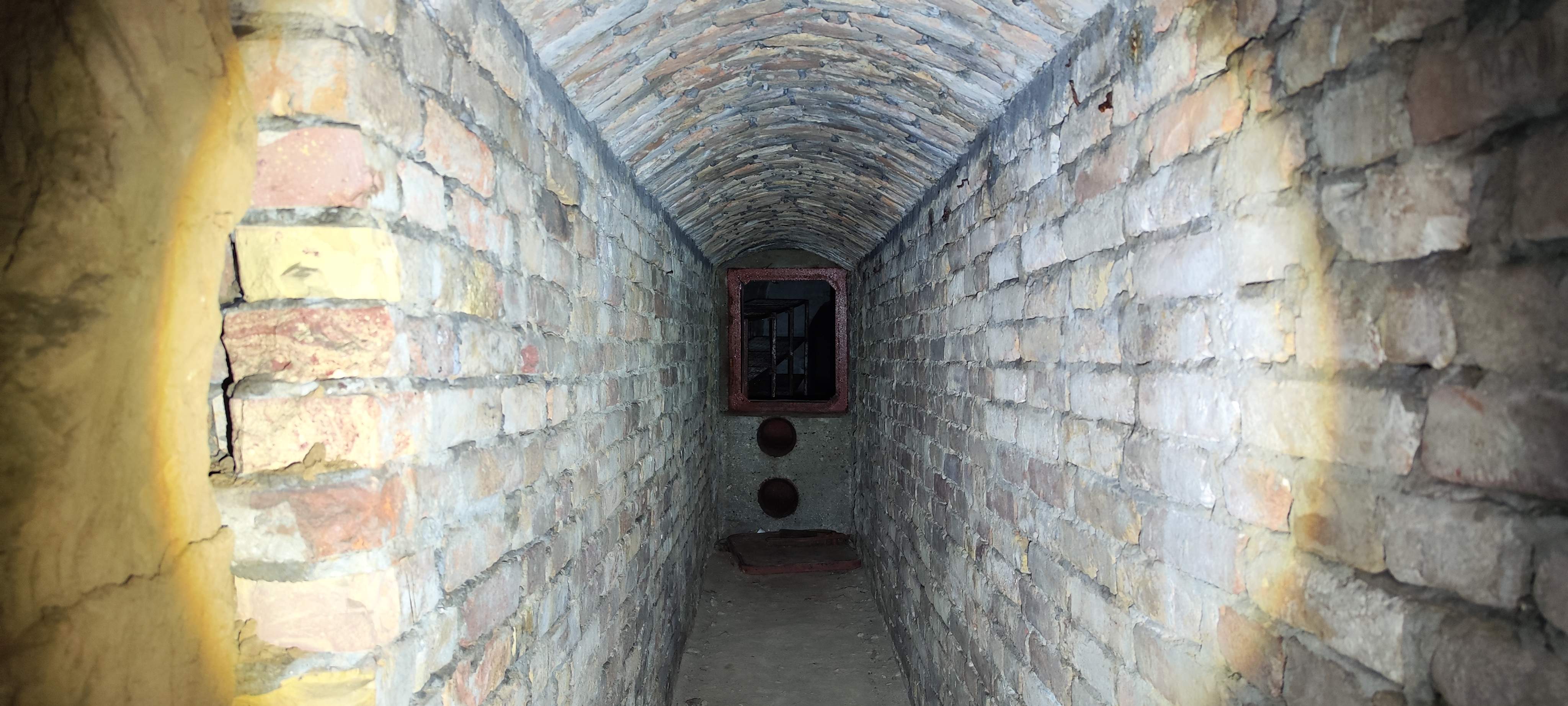
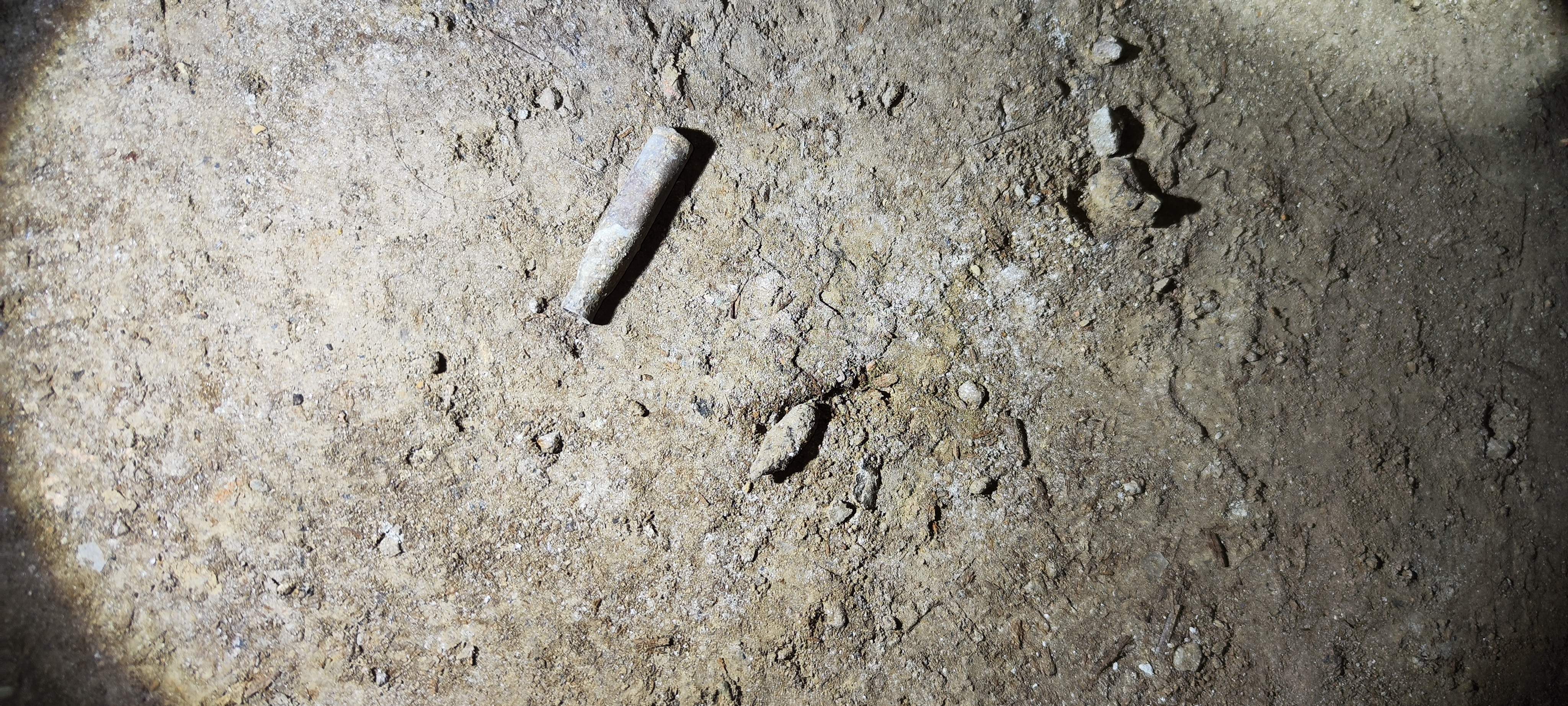

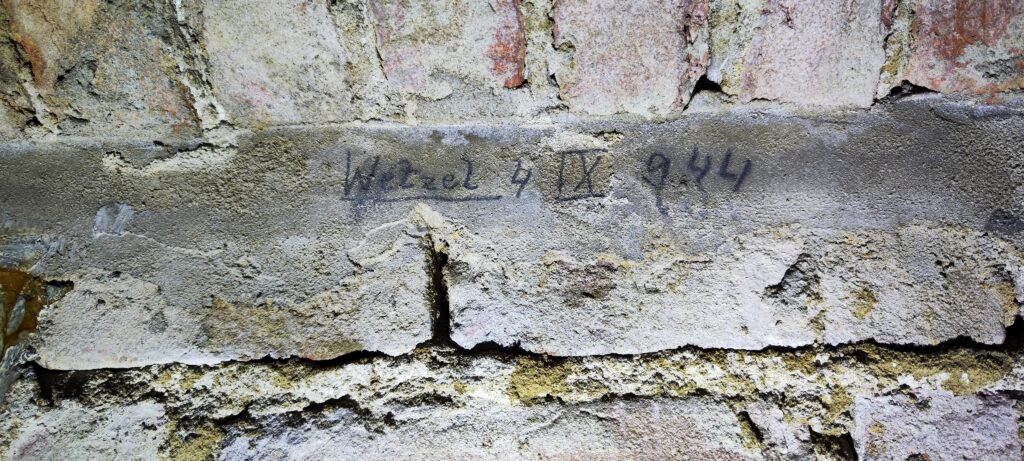
Bullet cartridges and graffiti littered the floor and lined the walls, stuck in this time capsule since World War II, telling a fascinating story of this bunker’s past. Other interesting finds included what appeared to be a rusting ancient ruler. This part of the bunker was an eerie yet beautiful walk back in time, a truly precious preservation of history- untouched but for the decay of the passing of time.
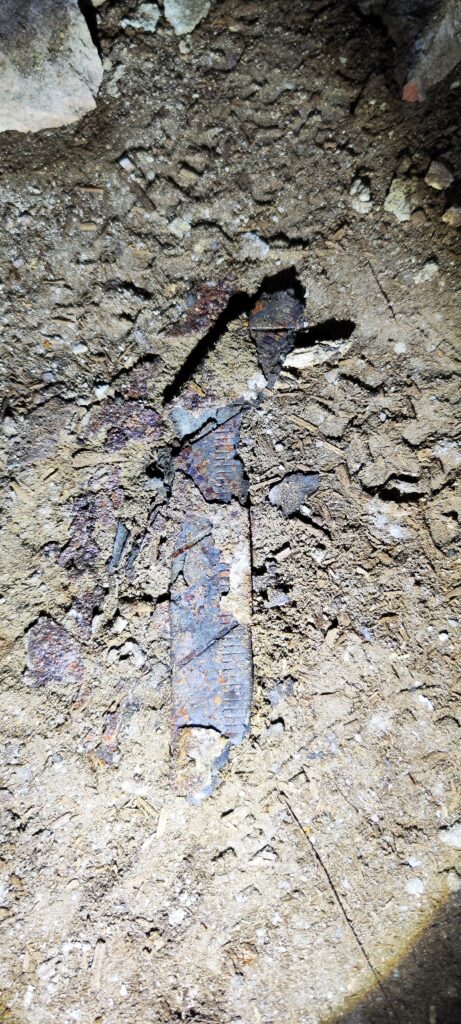

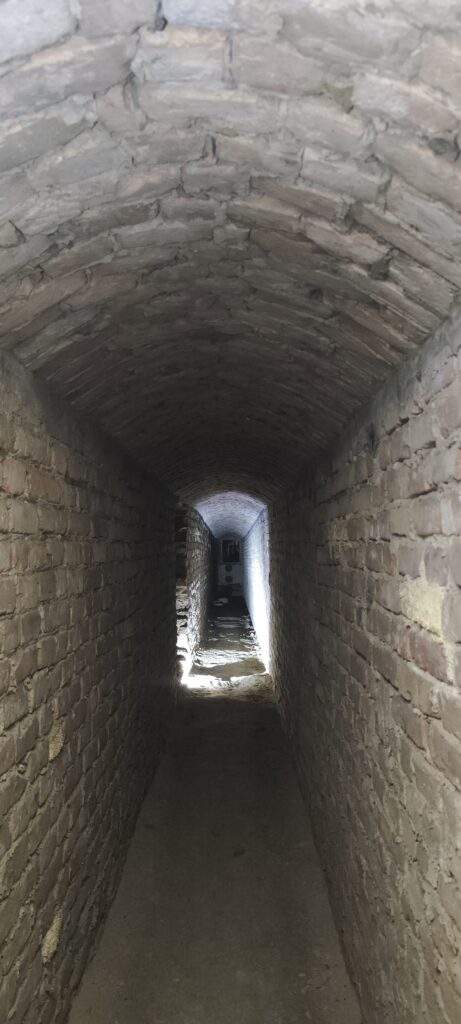
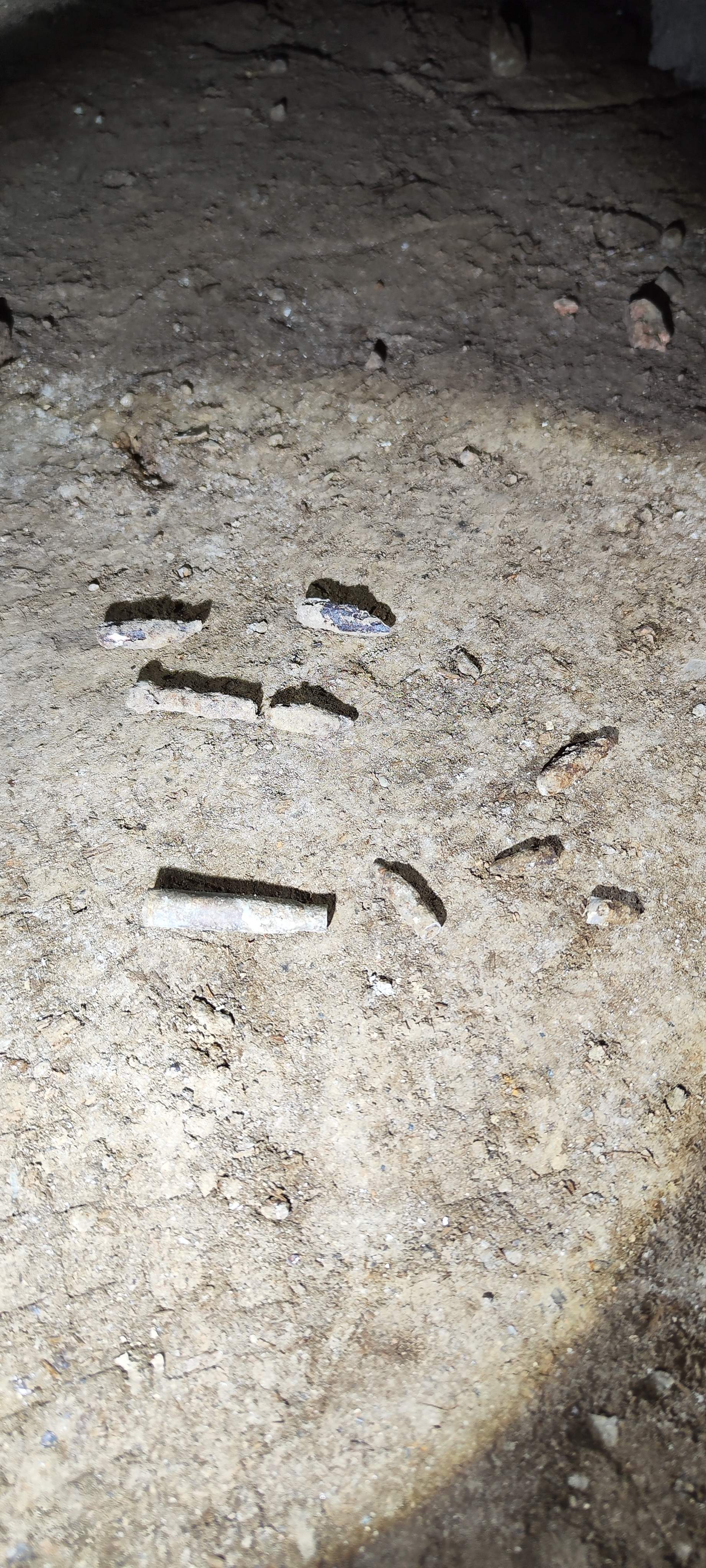
Last Updated on 19 December 2024 by Michael

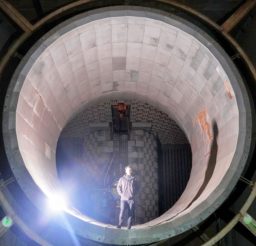
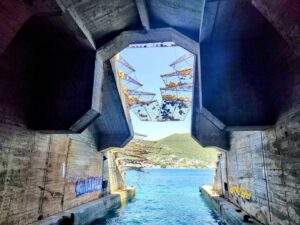
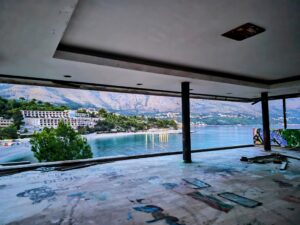
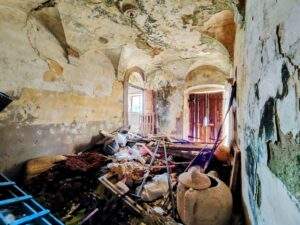
Hey this looks very cool i recently got into urbex and i was looking fo such places can you plese snt a location a was also in the other bunker you were to
Hey i am and urbexer form this country i am interested for the location a also recognised the other bunker you went to because a was in it the one in the forest. I know the urbex colture very well bt if you can sent the location i would be wery gradtfull.I was also in the ada bridge the genex tower the another ww2 bunker so i you want i can sent proff.